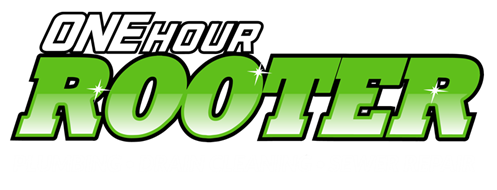Water Heater Maintenance: Four Easy Steps to Maintain Your Water Heater
A few minutes once a year can add years to the life of your water heater and keep it running safely and efficiently. It may be handy to have a trusted plumber’s number nearby should you run into any additional issues or problems, but for the most part you should be able to perform a routine service on your water heater with nothing more than a bucket and a screwdriver.
Water Heater Maintenance
Step One: Turn Off the Power
For safety, the first thing you’ll want to do is turn off the power to your water heater. If you have an electric water heater, locate the circuit breaker for your water heater in the breaker box and switch it off. If you have a gas water heater, turn the pilot knob on the gas valve or thermostat to the off position.
Step Two: Do a Mini-Flush
To help prevent rust and corrosion, you’ll want to remove the sediment from the bottom of the tank. A mini flush is enough to do this. It takes a fraction of the time as a complete flush and can be done while the water heater is running. This will also improve the energy efficiency of your water heater.
To perform a mini flush:
- Place a bucket under the drain valve near the bottom of your tank.
- Open the valve by turning it counterclockwise and allow 1 to 2 gallons of water to empty into the bucket. Some drain valves will have a handle, but others will only have a short stem with a slot for a flathead screwdriver. USE CAUTION: The water coming out will be very hot, so take care to avoid burning yourself.
- Close the valve by turning it clockwise.
If you are unable to open the valve, contact your local plumber to perform maintenance.
Step Three: Test the T&P Valve
The temperature and pressure (T&P) relief valve is a critical safety feature. It’s job is to sense dangerous pressure buildup as well as excessively high temperature inside the tank and will automatically open to relieve the pressure. Without it, your water heater would be at risk of exploding. Therefor it is recommended that the operation of your T&P valve be tested once a year.
To perform a T&P valve test:
- Place a bucket under the end of the discharge tube connected to the T&P valve.
- Lift up on the lever of the valve to open it manually. Hot water will be release through the tube and into the bucket. USE CAUTION: The water coming out will be very hot, so take care to avoid burning yourself.
- Hold the lever to allow the water flow out for a few seconds. Then release the lever, allowing it to snap back into place, shutting off the water.
If you are unable to open the valve, it doesn’t release water or if it leaks after the test, you will need to have the valve replaced. If you are not comfortable doing that yourself, you should call a trusted plumber to replace it.
Step Four: Check the Temperature
Water heaters are often installed at a preset temperature between 130 and 140 degrees Fahrenheit. However, for safety and energy savings, the U.S. Department of Energy recommends water heaters be set to 120 F for most households. Lower temperatures also slow mineral buildup and corrosion in your water heater and pipes. If you are performing this maintenance in the spring, it may be a great time to turn the temperate down, as you may not be wanting hot showers and baths to warm up like in the winter.
To adjust the temperature on a gas water heater:
- Turn the temperature dial located on the heater’s gas valve to 120 F.
To adjust the temperature on an electric water heater:
- The thermostat may be covered by a small metal panel. Make sure the power is off before attempting to remove the cover. You may need a flathead screwdriver.
- Adjust the dial to 120 F. Some electric water heaters have both an upper and a lower thermostat. If your water heater has two, make sure they are both adjusted to the same temperature setting.
- Replace the thermostat cover and turn the power back on.
Professional Water Heater Repair and Installation
If your water heater runs out of hot water faster than before or takes too long to heat up, you might need a little more than routine maintenance. Save money and get the full life out of your water heater by calling a trusted plumber to look at your water heater and make repairs. Common water heater repairs include a burned-out element, short circuit, bad heating element and bad valve. Learn how your water might be affecting your water heater as well. If you are in the Minneapolis area and need water heater repair, call 612-354-8984 for friendly, fast service.





